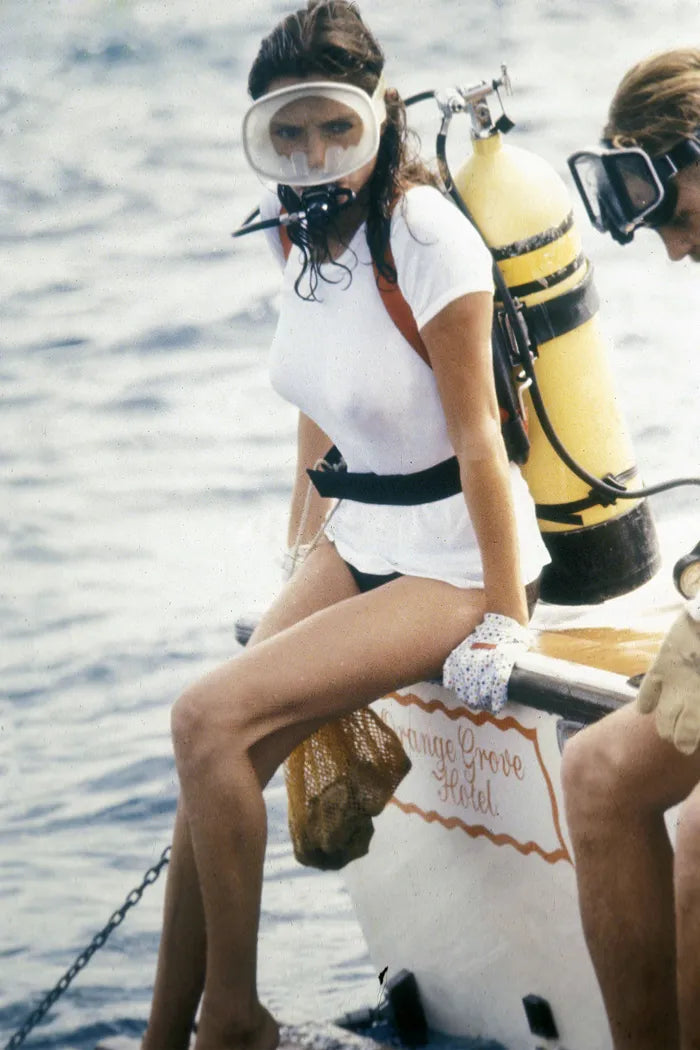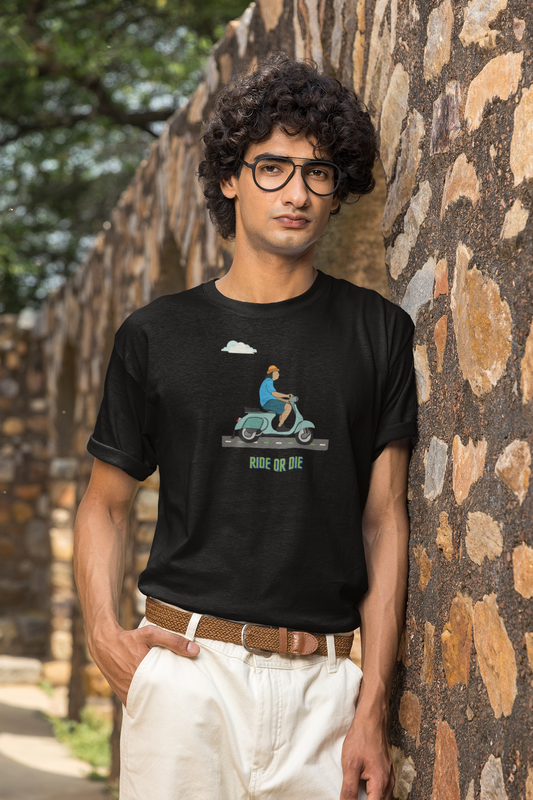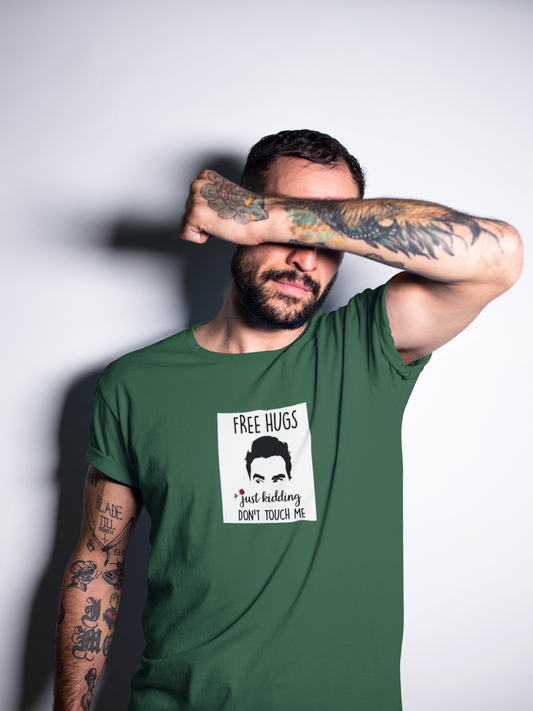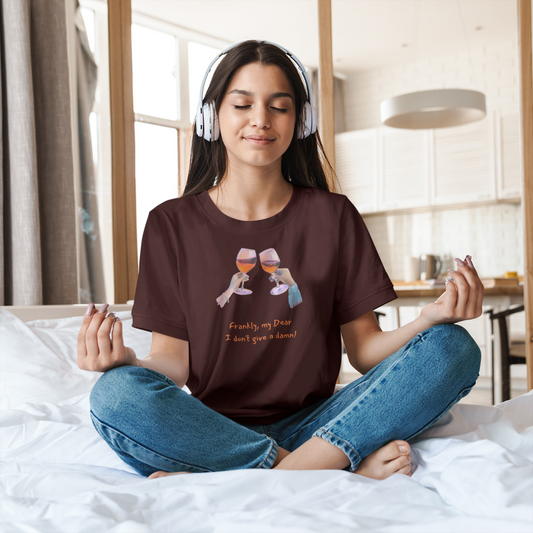From Modest Beginnings to Fashion Icon. Trace its evolution from a humble undergarment in the Middle Ages to a staple in military attire for both army and navy personnel. Hollywood's leading men brought a touch of allure, and then t-shirts were swiftly embraced by actresses in the 1960s. Today, T-shirts stand as a universal favorite, endorsed by fashion designers worldwide.
“[The T-shirt] is a really basic way of telling the world who and what you are.” — Dennis Nothdruft

Tracing the Origins
In the early 1900s, T-shirts emerged as utilitarian undergarments tailored for men. During the Middle Ages, these T-shaped garments, meticulously crafted from woven cotton or linen, served as a protective layer beneath outer clothing. Beyond their practicality, these shirts boasted easy maintenance and provided a hygienic barrier for the skin. Wearing a clean, laundered shirt showed off a gentleman’s wealth and became a symbol of refinement among gentlemen. In the 19th century, the shirt's iconic 'T' shape changed. Its extended shirt tails were removed and a shift toward a more tailored silhouette marked a significant transformation in its design.

Actor Veronica Lake wearing a white t-shirt, 1940-45

Madonna wearing a t-shirt at AIDS Dance-A-Thon
A Tale of Contours, Comfort, and Cotton Triumphs
Just when you thought the T-shirt was content being a basic layer, the 19th century waltzed in with its knitting magic and turned it into a fashion chameleon. T-shirts now embraced a 'snug-as-a-hug' contour, flaunting more curves than a rollercoaster. Suddenly, calico, jersey, and wool were the cool kids on the fabric block. It's like the T-shirt had a mid-life textile crisis and decided to try them all – 'cause why not? Hygienists lauded knit-wool, T-shaped undershirts as protection against cold weather, and recommended that women wear them instead of corsets. Woolly superheroes!
In the late 19th century, British sailors started wearing white flannel T-shirts beneath their woolen uniforms. Towards the century's end, the British Royal Navy gave sailors the green light to wear these shirts on deck. Everyday folks? Yep, they joined the fun too! T-shirts officially clocked out as underlayers and moonlighted as weekend wear
Back in 1880, the US Navy added a roomy flannel shirt with a square neck to its uniform. Fast forward to 1913, and a white, comfy cotton-knit T-shirt became its official underwear. Why the switch? Well, cotton dried quicker than flannel and felt cozier too.

Mick Jagger, lead singer of 'The Rolling Stones' performing
at a concert wearing a t-shirt, 1975

Jacqueline Bisset in 'The Deep', 1977
How T-Shirts Stormed the Scene
In the early 1900s, the T-shirt business burst into the scene with a bang. P.H. Hanes Knitting Company kickstarted the trend in 1901, crafting men's underwear that was a hit. Not far behind, Fruit of the Loom jumped in during the 1910s, turning T-shirts into a big deal with their stellar marketing.
Fast forward to the 1930s, T-shirts established themselves as the wardrobe MVP for college sports champions. The year 1938 saw Sears, Roebuck and Company step into the spotlight, offering T-shirts for sale. Their versatile nature was emphasized in their marketing, coining the phrase "It's an undershirt, it's an outershirt," highlighting their suitability for both sports and leisure.

Patrick Swayze in a t-shirt

Johnny Depp and Kate Moss in t-shirts
T-Shirts in Times of War and Heroism
As World War II loomed, T-shirts answered the call to duty. The US Army and Navy equipped their troops with white, short-sleeved cotton T-shirts, turning these garments into symbols of resilience and bravery. The poignant wartime images of soldiers wearing T-shirts further cemented their association with tough heroism. In 1941, Sears delivered a resounding message: T-shirts are for everyone, transcending roles and uniforms.

Actor Marlon Brando in 'The Wild One'

Actor James Dean during promotions of 'Rebel Without a Cause', 1955
Actor Marlon Brando in 'The Wild One'
Rebels to Runways
When Hollywood's rising stars like Montgomery Clift, Marlon Brando, and James Dean flaunted white T-shirts in the '50s, the classic tee officially stormed men's wardrobes, stepping out of workplaces and into the limelight. It took about 60 more years for the T-shirt to conquer the office fashion scene. 60!

Alia Bhatt wearing a t-shirt

Anushka Sharma at the airport in a t-shirt
Underlayers to High Fashion
Transitioning from undergarments to everyday essentials, T-shirts garnered attention from actresses and singers during the 1960s. By the '70s, they had earned unisex status, including Jacqueline Bisset's provocative T-shirt appearance in The Deep. The '90s ushered in a new era, with T-shirts becoming a favorite canvas for messages, from political statements to pop culture references.
But the T-shirt wasn't just a style canvas; it was a messaging billboard. Thanks to silk-screen printing magic in the '60s, designs found their way onto tees faster than a drummer's beat. Custom-made T-shirts became a trend in the '70s, favored by everyone from businesses to bands.
Hitched to the working class image, the T-shirt won hearts of artists and intellectuals. The '90s saw rappers, pop stars, and models rocking T-shirts. From modest to high-end, the T-shirt flaunts equality – it's for all earners, yet a symbol of designer grandeur too.

Marques Almeida fall/winter 2019/2020 show at Paris Fashion Week

(right) Model Vittoria Ceretti Versace autumn/winter 2019/2020 show Milan Fashion Week
Couture Canvas to Everyday Essentials
From Yves Saint Laurent to Chanel and beyond, designers turned the tee into an art piece. Giorgio Armani, Helmet Lang, and Nicolas Ghesquière made the T-shirt their uniform. Today, it's evolved from humble beginnings to an indispensable wardrobe staple.
A world without T-shirts? Unimaginable!





